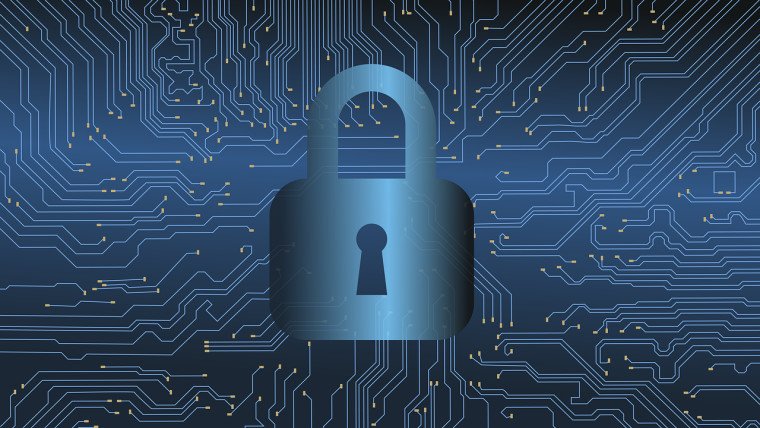
In an era characterized by escalating digital threats, organizations increasingly rely on Managed Detection and Response (MDR) as a crucial component of their cybersecurity strategies. MDR serves as a foundational element, integrating various security tools to create a cohesive defense mechanism. While individual security measures such as firewalls, endpoint protection, and Security Information and Event Management (SIEM) systems play vital roles, they often operate in silos, leading to gaps where threats can evade detection. This is where MDR excels, providing a comprehensive approach that combines tools, teams, and tactics into a unified strategy.
Enhancing Detection and Response Capabilities
MDR distinguishes itself through its core functions that enhance threat detection and response. Traditional security tools may overlook sophisticated attacks that do not match known signatures. In contrast, MDR analysts engage in proactive threat hunting, examining behavioral patterns and investigating unusual activities. This approach allows for the identification of threats that might otherwise go unnoticed. By leveraging behavior analysis and threat intelligence, MDR provides a more effective detection mechanism.
When threats are identified, MDR facilitates immediate containment actions. Suspicious endpoints can be isolated, malicious processes terminated, and compromised accounts locked. The speed of this response is critical; swift containment can mean the difference between a minor incident and a significant breach. Understanding the scope of an incident is equally important. Investigations uncover what data was accessed, which systems were affected, and how long an attacker was present. This information is vital for determining the necessary recovery efforts and compliance obligations.
Connecting Essential Security Tools
The integration of MDR with Endpoint Detection and Response (EDR) and SIEM systems enhances overall cybersecurity posture. EDR focuses on monitoring devices for suspicious activity but lacks visibility across the entire network. SIEM aggregates logs from various systems, yet requires human analysis to interpret the data effectively. Threat intelligence provides context but can become overwhelming without proper integration.
MDR bridges these gaps by facilitating data flow between EDR, SIEM, and threat intelligence. This coordinated approach allows analysts to combine automated data processing with human judgment, resulting in a comprehensive understanding of the security landscape. Automated playbook responses further enhance this capability, enabling multiple tools to act together instantly when a threat is detected. The speed of automated responses can drastically reduce the time needed to mitigate threats, showcasing a significant advantage over manual processes.
Continuous monitoring further differentiates MDR from traditional periodic audits. Audits often occur on a quarterly or yearly basis, identifying issues only after damage has been done. In contrast, continuous monitoring enables organizations to detect threats in real-time, preventing potential harm before it occurs. This proactive stance is essential, as threat patterns can evolve over time, allowing attackers to deepen their infiltration if not addressed promptly.
MDR not only enhances security but also supports compliance efforts. Regulatory bodies increasingly require evidence of ongoing security measures, and continuous monitoring provides this necessary documentation. By maintaining real-time logs of security activities, organizations can demonstrate their commitment to robust cybersecurity practices.
Scalability and Accessibility for All Businesses
One of the standout features of MDR is its scalability, making it accessible for businesses of all sizes. Smaller organizations may struggle to afford the resources needed to build a Security Operations Center (SOC). MDR offers these companies enterprise-level detection and response capabilities without the need for a dedicated internal team. This accessibility empowers smaller businesses to enhance their security posture effectively.
Mid-sized organizations can benefit from MDR by supplementing their existing teams. Internal teams can manage day-to-day security operations while MDR handles advanced threat hunting and investigation. This partnership optimizes security budgets and extends capabilities beyond what internal resources alone can offer. For larger enterprises, MDR provides specialized expertise that may be difficult to find internally, particularly in areas such as threat hunting.
MDR also supports organizational growth. As businesses expand, they can add monitored endpoints without needing to build additional infrastructure. This adaptability ensures that as security needs evolve, MDR can scale seamlessly to accommodate them.
The collective value of MDR lies in its ability to unify disparate security measures into a cohesive and effective defense system. This integration not only enhances detection and response capabilities but also fosters collaboration among various security tools. Organizations that adopt a unified approach through MDR are better positioned to confront the challenges posed by modern cyber threats.
Ultimately, the transition to a cohesive cybersecurity strategy through MDR yields measurable improvements in security outcomes. With the complexity of today’s digital landscape, relying on a collection of disconnected tools is no longer sufficient. The coordinated, integrated approach that MDR offers is essential for organizations seeking to establish lasting cyber resilience.







